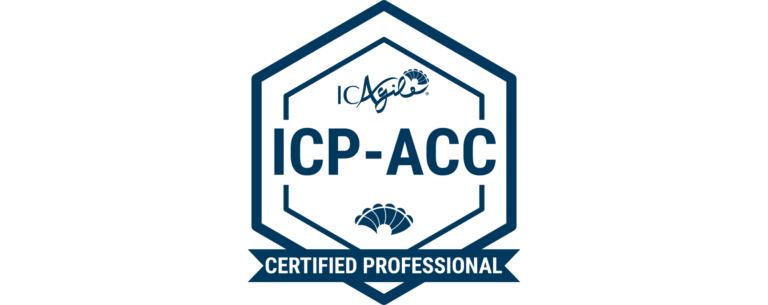Understanding the Fundamentals of ERISA Bonds
An ERISA bond (also known as a fidelity bond) is an insurance policy that protects plan fiduciaries from financial loss due to fraud or dishonesty. Typically, an ERISA bond has a minimum coverage requirement of 10% of the value of assets the plan holds.
Note that ERISA bonds are different than fiduciary liability insurance. This article will discuss the latter.
Basics
ERISA bonds are required by law to protect employee benefit plan beneficiaries from losses that result from dishonesty and fraud committed by plan fiduciaries. Unlike fiduciary liability insurance, which covers plan fiduciaries and their assets, an ERISA bond names the plan itself as the insured party.
Most private-sector employer-sponsored retirement and health plans must be bonded. However, some exceptions apply, including church plans and government-sponsored plans. Generally, any person who handles funds or property of the plan must be bonded. According to ERISA, every plan official must be bonded for at least 10% of the funds handled in the previous year. Usually, the bond must be approved by the Department of the Treasury. It can be purchased through a surety company or insurance broker listed on the Department’s list of providers. It may also be purchased as a schedule or blanket bond covering multiple plan fiduciaries.
Coverage Amounts
ERISA bonds cover losses from theft of funds or other property belonging to a retirement plan. They are distinct from fiduciary liability insurance, which insures plan fiduciaries for defense costs and applicable damages arising from actual or alleged fiduciary breaches.
Generally, ERISA requires that any person who handles a plan’s funds or other property be bonded for at least 10% of the total assets handled in the previous year. The minimum bond amount is $1,000. It is possible to purchase more significant coverage amounts, but they aren’t required. Moreover, ERISA bonds cannot have a deductible. They must cover the first dollar of any loss.
To save time and money, consider purchasing your ERISA bond in a package that includes fiduciary liability insurance. This can provide significant annual savings and ensures U.S. Department of Labor compliance for the entire term of your bond. Choose a 2- or 3-year package for more significant annual savings and to guarantee locked-in rates.
Insured Persons
ERISA requires that any person who “handles funds or other property of” an employee benefit plan be bonded. The bond protects the plan from financial loss resulting from fraud or dishonesty committed by the fiduciary.
Typically, the bond is written as a first-party insurance policy. The plan is the named insured, and the surety company (insurer) provides the bond. The policy must cover the plan. Still, it can add other people to the coverage who act fiducially for the plan, such as trustees and administrators.
Although ERISA bonds may share some characteristics with fiduciary liability insurance, the former is specifically designed to address breaches of fiduciary duty, while the latter addresses more general business risks. Nothing prevents a plan from purchasing more significant coverage amounts than ERISA specifies, but doing so is a fiduciary decision that must weigh risks and benefits.
Requirements
Unlike fiduciary liability insurance, which protects plan fiduciaries against fiduciary breaches that can result in losses to the plans they manage, ERISA bonds are strictly designed to cover a particular type of loss: dishonesty and fraud. As a result, premiums for ERISA bonds are generally relatively low.
The requirements for an ERISA bond specify that the insured person must be covered for at least 10% of the total value of the plan assets that the person handled during the prior year. The bond must also include no deductibles or other features limiting the losses the surety paid.
The Department of Labor notes that although the ERISA fidelity bond names the benefit plan as the named insured, the insurer considers the persons who handle the funds or property to be the actual insureds. Thus, the actual beneficiaries of the ERISA fidelity bond are the plan participants and their beneficiaries. However, it’s a good idea for the plan to consider purchasing a higher coverage amount than the required minimum.






